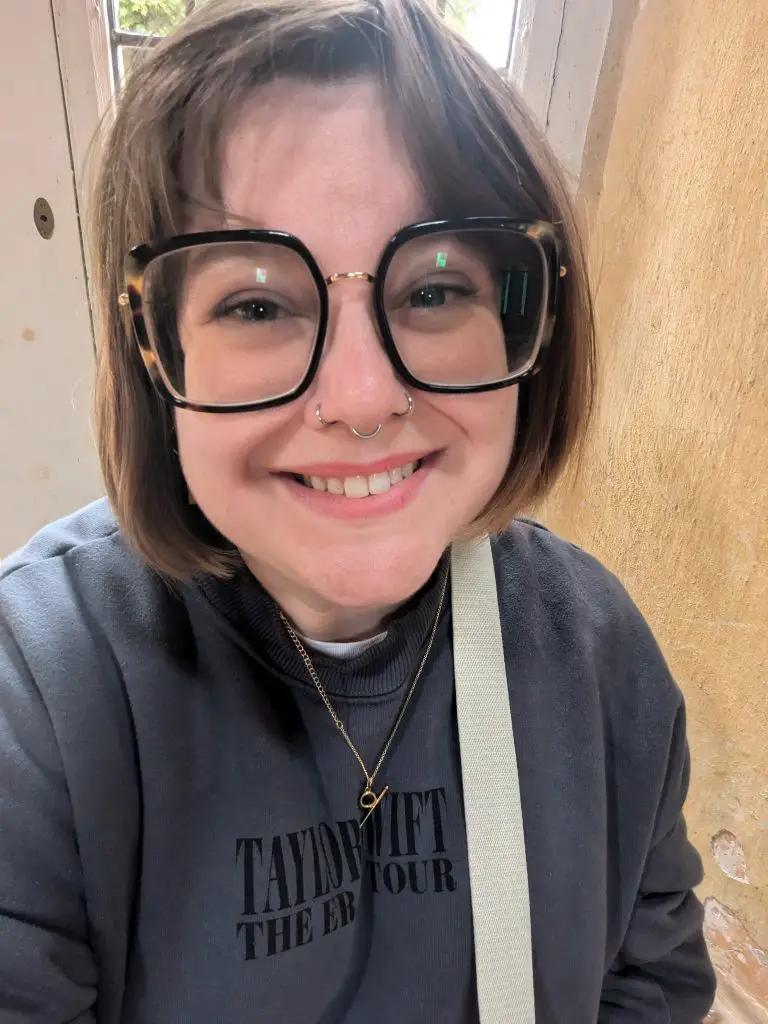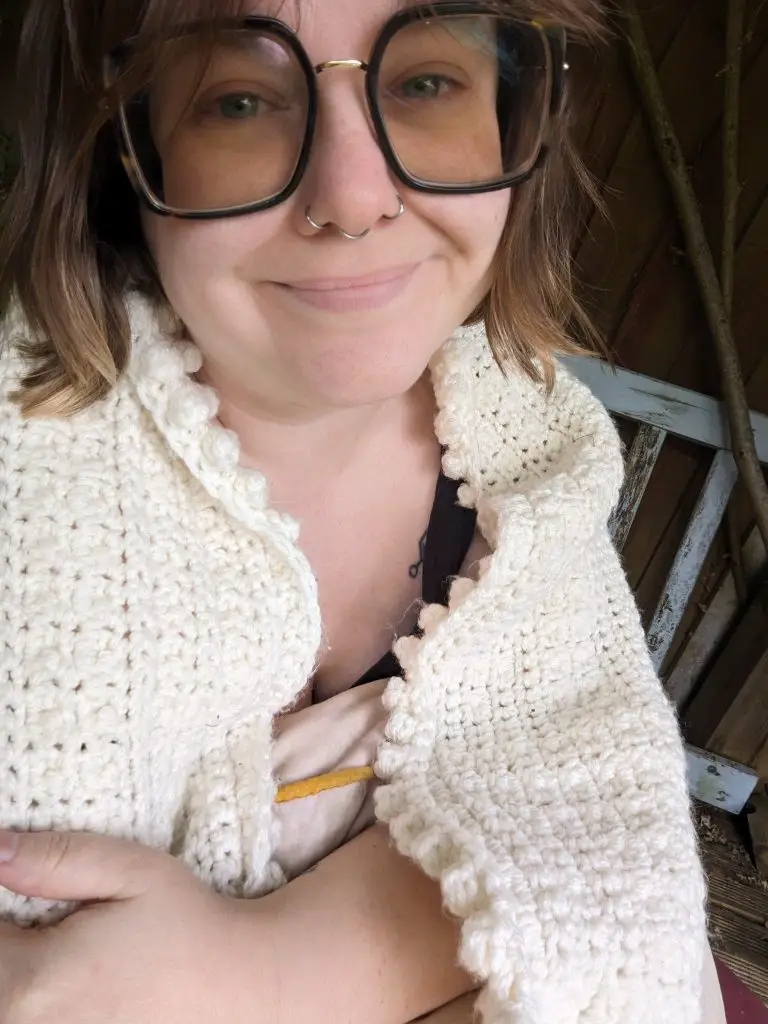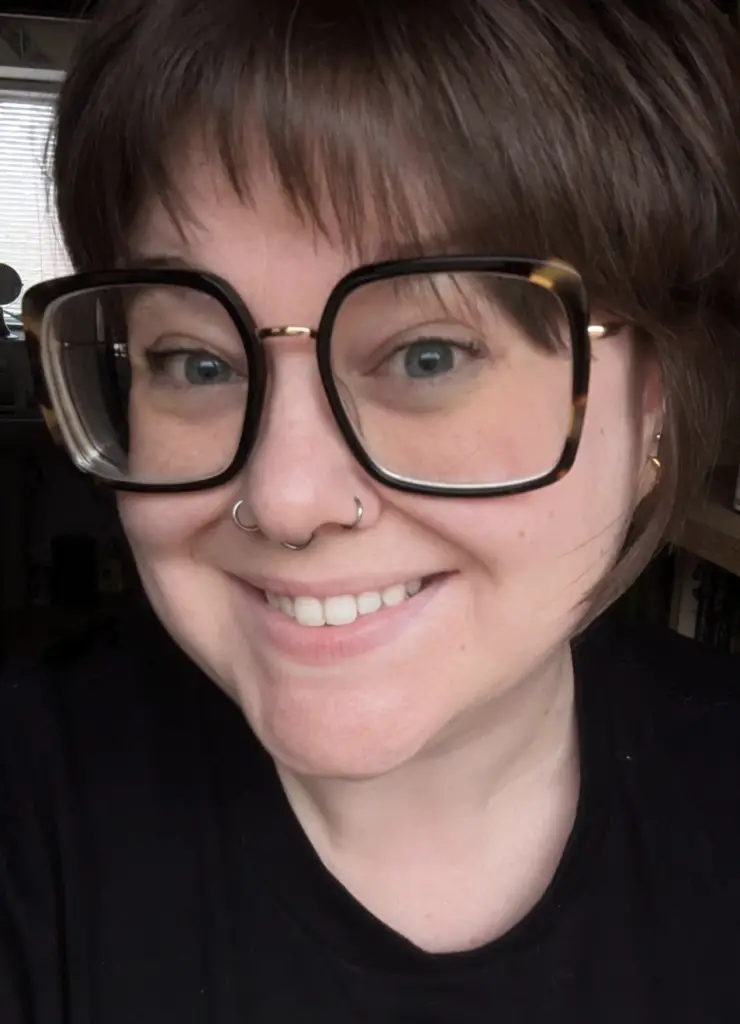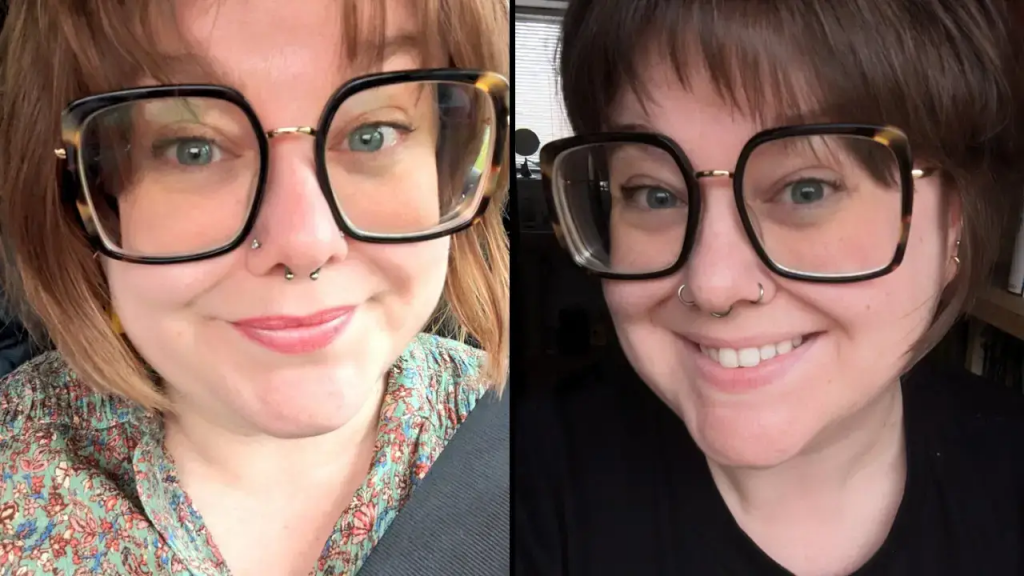For many people, understanding and embracing their identity is a lifelong journey, one filled with self-reflection, discovery, and at times, confusion. Society often categorizes individuals into rigid labels, making it difficult for those who don’t fit neatly into one box to fully grasp and accept who they are.
For one woman, the path to self-acceptance took three decades, filled with questioning, learning, and eventually, a moment of profound clarity. Now, after finally finding the right words to define her identity, she has chosen to publicly share her experience as abrosual—a sexual orientation that allows for shifting attraction over time.

A Lifelong Quest for Understanding
Journalist Emma Flint recently opened up about her journey in an article where she described the complicated process of discovering her sexual identity. Having spent years questioning where she fit within the LGBTQ+ spectrum, she expressed that she often encountered confusion and skepticism when explaining her evolving attraction to others.
“When I tell people I’m abros**ual, the reaction is often one of disbelief or dismissal,” Flint revealed. “I hear things like, ‘That’s not a real label’ or ‘Why can’t you just pick one?’ It’s frustrating when people expect a simple answer to something so deeply personal and fluid.”

Growing Up Without Representation
Flint’s experience of feeling lost and unrepresented dates back to the 1990s, an era when LGBTQ+ identities were far less visible than they are today. Conversations about sexual orientation were often limited to the categories of straight, gay, or bisexual, leaving little room for identities that didn’t fit those molds.
“I didn’t feel like I belonged anywhere,” she admitted. “It wasn’t that I was unsure of myself—I knew my feelings were real—but they kept shifting in ways that I couldn’t explain. There wasn’t a word that fit what I was experiencing.”
It wasn’t until 2020 that Flint finally found clarity. While scrolling through Instagram, she came across a post by LGBTQ+ educator Zoe Stoller, who was sharing information about lesser-known sexual identities. That’s when she first saw the term abrosual—an orientation that perfectly captured what she had felt her entire life.

A Lightbulb Moment
“When I read the definition, everything clicked,” Flint recalled. “It wasn’t that I was confused or indecisive—it was simply that my identity is fluid. Some weeks, I felt more aligned with being a lesbian, while at other times, I identified as bisexual. It wasn’t a phase; it was just who I was.”
According to the Sexuality Wiki, abros**uality is defined as “a sexual orientation in which a person’s attractions change over time”. This revelation provided Flint with the validation she had been searching for, reassuring her that her experiences were real and that there were others like her.
“For years, I struggled with the idea that I needed to choose a permanent label. Finding out that I didn’t have to—that there was a term for people like me—was freeing beyond words.”
The Challenges of Coming Out
Despite the sense of relief and self-acceptance that came with this discovery, Flint’s journey was not without obstacles. When she confided in a close friend about her newly embraced identity, she was met with dismissal and misunderstanding.
“They said I was overcomplicating things,” she shared. “That hurt more than I expected. I wasn’t trying to be difficult—I was just trying to be honest about who I am.”
Still, Flint found support in other areas of her life. While some people struggled to understand her, others took the time to educate themselves about abros**uality and offer unwavering acceptance.
“I’ve been lucky to have friends and family who, even if they didn’t initially understand, were willing to listen and learn. That means everything.”
A Misunderstood Identity
One of the most common misconceptions about abros**uality is that it complicates romantic relationships, making it difficult to form lasting connections. Flint strongly rejects this notion, emphasizing that her attraction might change, but her ability to love and commit remains constant.
“I’m attracted to the person, not their gender,” she explained. “The way I experience attraction may shift, but my love for my partner remains just as real and strong as anyone else’s.”
Unfortunately, not everyone is as open-minded. Flint acknowledges that many people approach abros**uality with skepticism or even hostility, but she remains hopeful that increased awareness will lead to greater acceptance.
“This isn’t about trying to be different or making things more complicated. It’s simply about recognizing that not everyone experiences attraction in the same way. The more we talk about it, the more normalized it will become.”

Embracing Her Identity Fully
After spending 30 years questioning, searching, and second-guessing herself, Flint has now found peace and confidence in embracing her sexual fluidity. She no longer feels the need to justify or explain herself to those who refuse to understand.
“I’ve spent too much of my life worrying about how others perceive me. I’m finally at a place where I can say—this is who I am, and that’s enough.”
With newfound self-assurance, she looks forward to living her truth openly, exploring where life takes her, and inspiring others who may be on a similar journey.
“I know there are people out there who feel just as lost as I once did. If sharing my story helps even one person feel seen, then it’s worth it.”